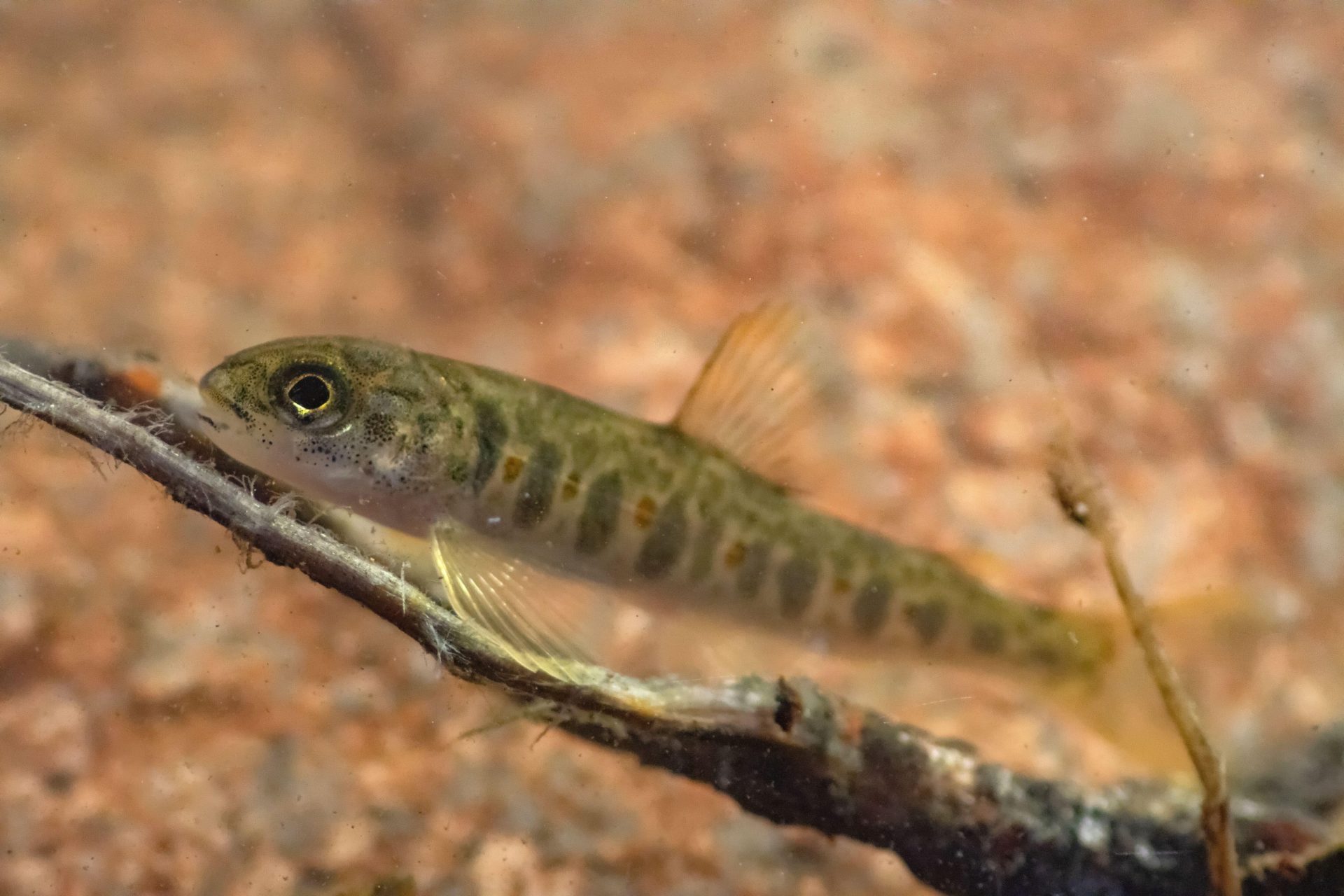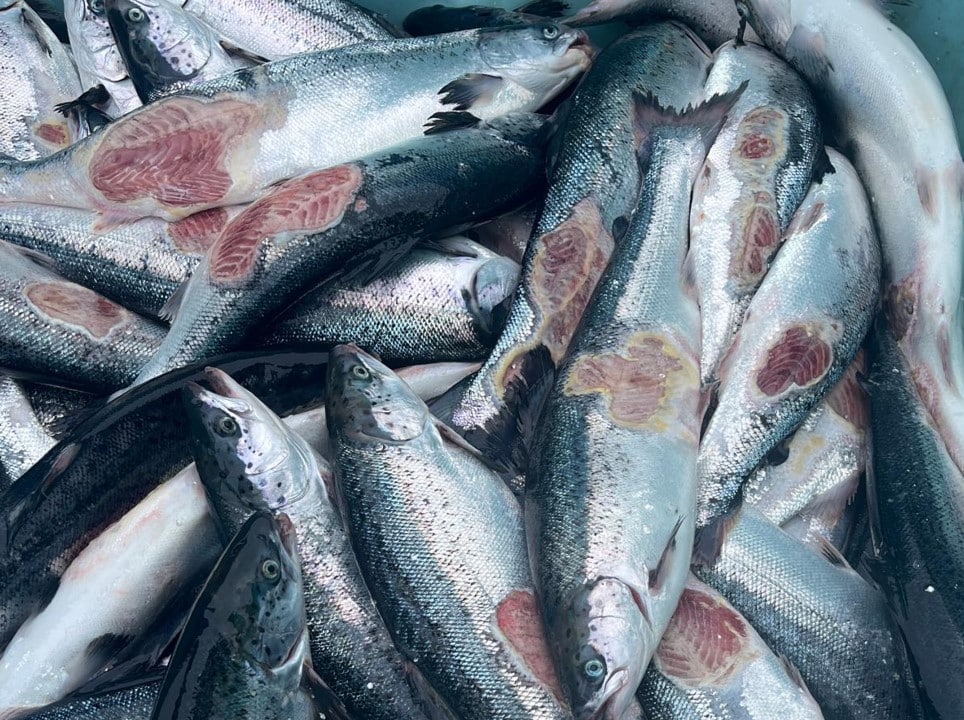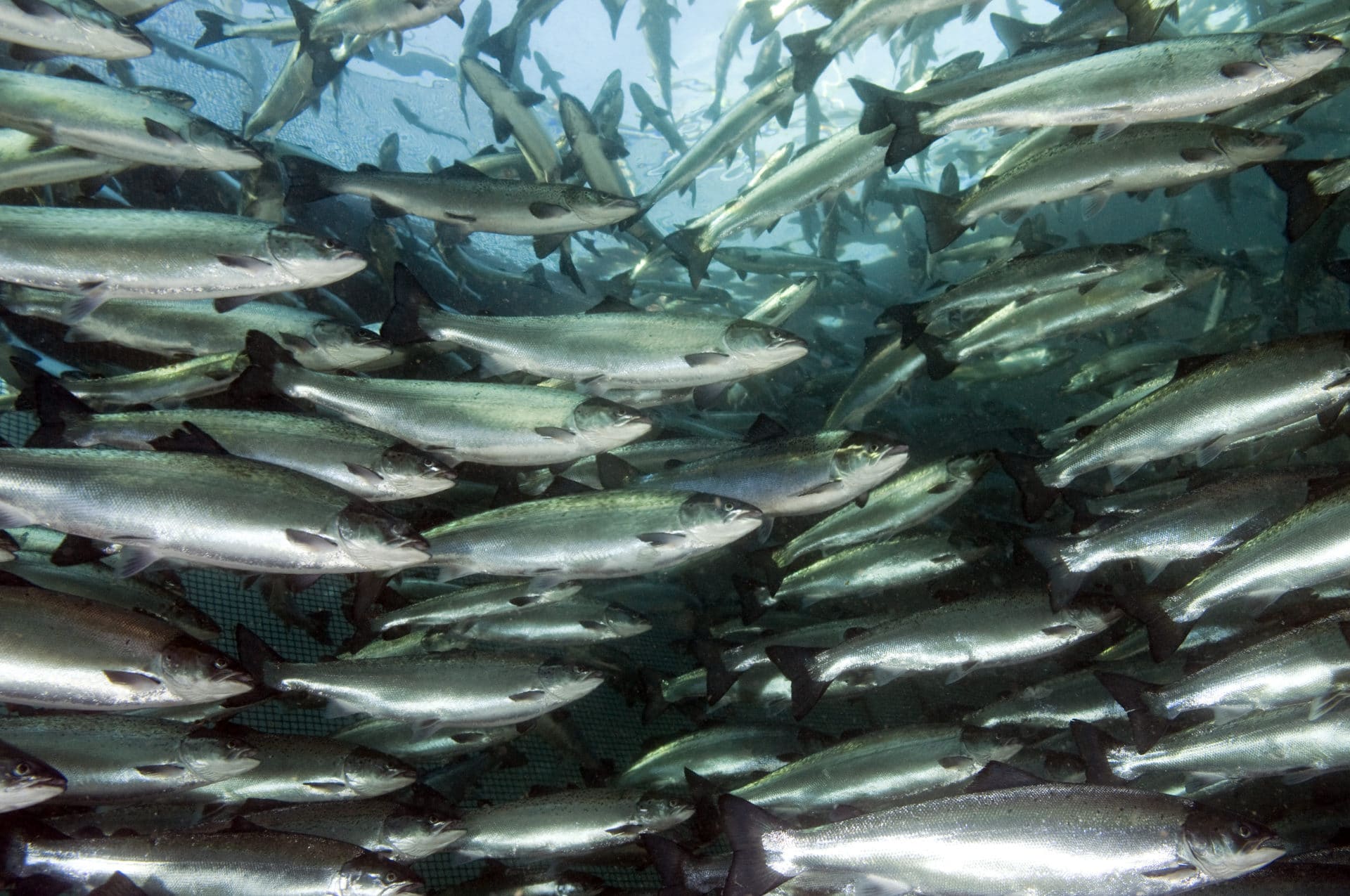With support from Dyrevernalliansen’s Animal Protection Fund, The Norwegian Veterinary Institute has prepared a new report on working for better welfare in today's Atlantic salmon hatchery production. The report provides essential insight and is a valuable tool for anyone working directly or indirectly with juvenile fish.

The study was conducted by the Veterinary Institute in 2020 through interviews with people working directly or indirectly with salmon hatcheries. The report discusses how fish welfare work is carried out in hatchery production today. It culminates in proposals for best practice for safeguarding fish welfare.
Among the most important conclusions when it comes to measures that can improve welfare for juvenile salmon are:
- Fish welfare training is essential at all levels, both those working directly with the fish, as well as management. The fish welfare training must be repeated regularly.
- The salmon's upbringing affects its later life. There is probably a lot to learn seeing information from the hatchery and the grow-out farm in context. As of today, it is not easy to see the connections. And hatchery employees rarely receive feedback on how the fish have fared after being transferred to sea cages.
- Good conversations and well-founded conclusions regarding fish welfare come easier when you have a strong and well-supported fish health team. Therefore, fish health personnel should be provided with adequate room and resources to give advice both upwards and downwards in the organization.
- There should be room for employees to implement fish welfare measures. Employees and management should be working together to address specific issues.
Waste of animal lives
The report also reveals that it is problematic when production schedules are too tight, leaving little room for the realities of biological production. Intensive production makes it difficult to ensure good fish welfare. Some facilities incubate 25% more roe than they have capacity for at the smolt stage, which ends with healthy fish being destroyed. In addition to the fish being put through the limitations of a life in intensive production for no use, destroying healthy fish can also be a strain for staff who have provided care for the juvenile fish until then.
Susanna Lybæk, zoologist and scientific advisor in Dyrevernalliansen, is disappointed that some hatcheries are run so intensively for profit that animal lives are wasted in this way.
– Healthy fish are simply destroyed. It is awful that animal lives are wasted in this way, both for the fish themselves and for those who work in hatcheries caring for them, she says.
Dyrevernalliansen encourages all Norwegian fish producers to review their productions in light of the findings.


